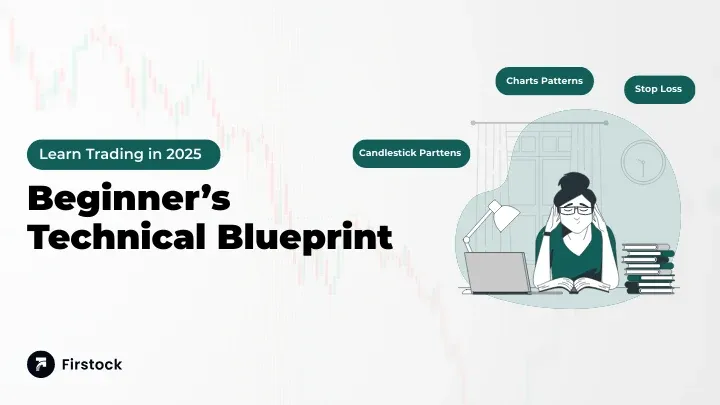Trading vs Investing: Understanding the Key Differences

In finance, people often mix up the terms trading and investing, but they mean very different things. Both are ways to grow your money, but they use different methods and timelines. Whether you're watching the stock market or planning your finances, it's important to know how trading and investing are different. This article explains the main differences between them, including their goals, strategies, risks, and how long they take.
What is Trading?
Trading involves buying and selling financial instruments—such as stocks, currencies, or commodities—with the goal of making profits from short-term price movements. Traders focus on market volatility and trends, often executing multiple transactions within minutes, hours, days, or weeks.
Key Characteristics of Trading:
- Time Horizon: Short-term (seconds to months)
- Frequency: High, with frequent buying and selling
- Goal: Capitalize on short-term market fluctuations for quick profits
- Approach: Primarily technical analysis, using charts, indicators, and price action
- Risk: Typically higher due to market volatility and the use of leverage
- Instruments Used: Stocks, options, forex, futures, and other derivatives
Types of Traders:
- Day Traders: Execute multiple trades within a single day, closing all positions by market close.
- Swing Traders: Hold positions for several days to weeks to capture medium-term trends.
- Scalpers: Make numerous small trades throughout the day for tiny profits.
- Position Traders: Hold positions for weeks or months, focusing on longer short-term trends.
Traders must actively monitor markets and manage risks through tools like stop-loss orders and position sizing to avoid significant losses.
What is Investing?
Investing refers to allocating money into assets such as stocks, bonds, or real estate with the expectation of generating returns over a longer period. The focus is on long-term growth driven by fundamental factors like earnings, dividends, and economic trends.
Key Characteristics of Investing:
- Time Horizon: Long-term (years to decades)
- Frequency: Low, with fewer transactions and a buy-and-hold mindset
- Goal: Build wealth gradually through capital appreciation and compounding
- Approach: Fundamental analysis, assessing company health, industry trends, and economic conditions
- Risk: Generally lower than trading due to diversification and time to ride out volatility
- Instruments Used: Stocks, mutual funds, ETFs, bonds, real estate, and other long-term assets
Common Investing Styles:
- Value Investing: Buying undervalued assets based on intrinsic worth.
- Growth Investing: Focusing on companies with high potential for earnings growth.
- Income Investing: Prioritizing dividend-paying stocks or bonds for steady income.
- Index Investing: Tracking broad market indices like the S&P 500 for diversified exposure.
Investors generally adopt a patient approach, tolerating market fluctuations to achieve steady growth over time.
Trading vs Investing: A Side-by-Side Comparison
Market Behavior: Volatility and Strategy
Traders thrive on market volatility, seeking to exploit short-term price swings. They rely heavily on real-time data, technical charts, and market indicators. Investors, on the other hand, seek stability and steady growth by focusing on the underlying fundamentals of assets and broader economic trends.
Risk Management
Both trading and investing involve risks but differ in risk management techniques:
- Traders use stop-loss orders, position sizing, and strict discipline to limit losses and maximize gains. Their exposure to leverage amplifies both profits and risks.
- Investors mitigate risk through diversification across asset classes, dollar-cost averaging, and a long-term holding strategy that smooths out market volatility.
Conclusion
Trading and investing serve distinct purposes in financial markets. Trading aims for short-term gains through market timing and technical strategies, requiring active management and higher risk tolerance. Investing focuses on long-term value creation based on fundamentals, patience, and compounding returns.
Understanding these differences helps individuals align their financial strategies with their goals, risk appetite, and time commitment. Many investors combine both approaches to balance growth and flexibility, but a thorough grasp of each method’s characteristics is key to making informed financial decisions





